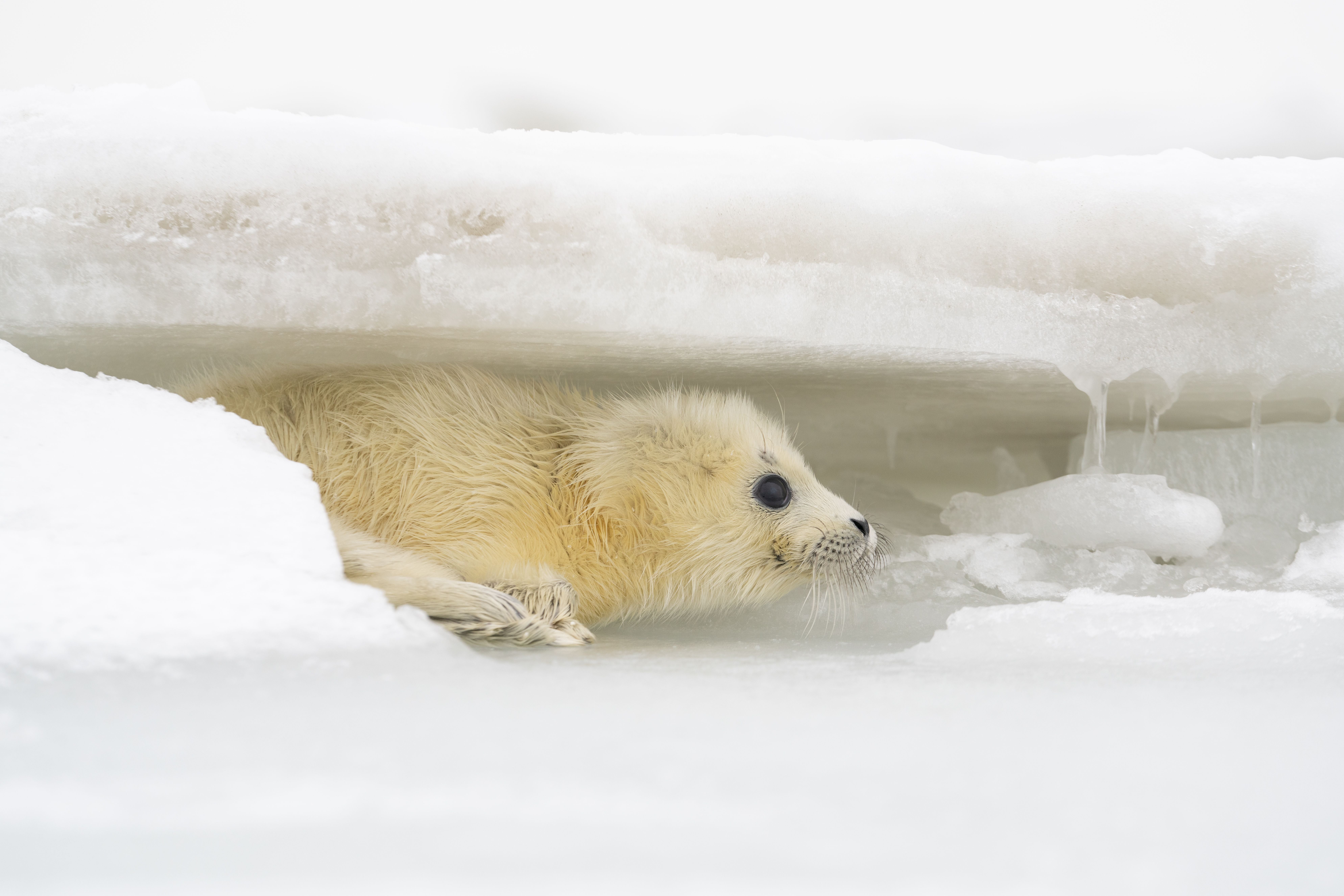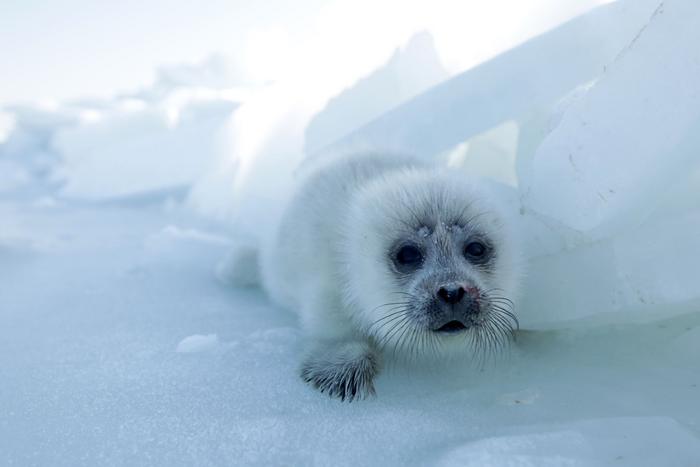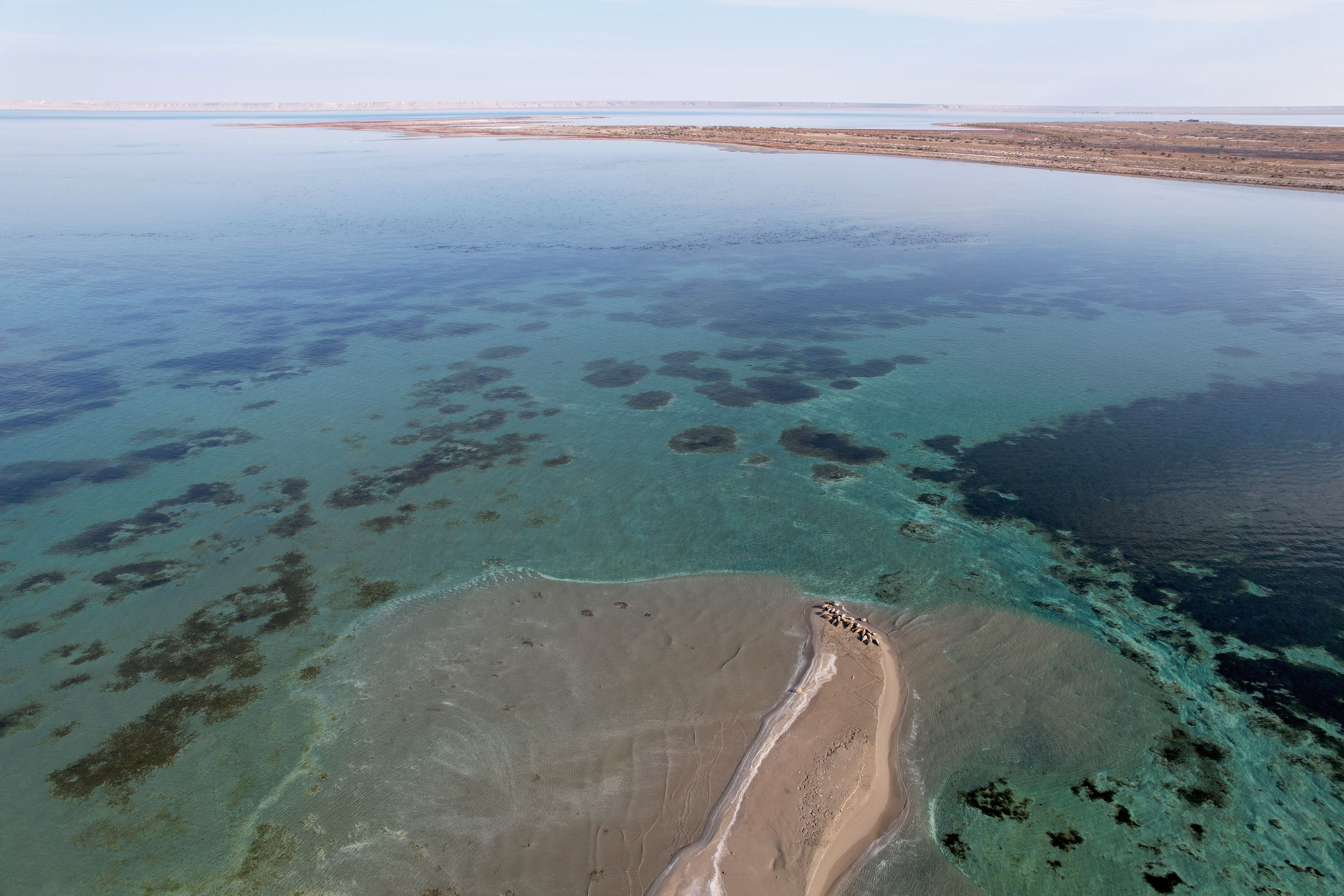The habitat of one of the world’s cutest endangered animals is being threatened by human-caused climate change.
The Caspian seal is the only marine mammal found in the 143,200-square-mile Caspian Sea. Now, researchers say water levels in the world’s largest landlocked body of water are getting lower as temperatures rise.
But there is hope for the native species — if humans take “urgent” action, experts note.
“Some Caspian Sea level decline appears unavoidable, even with action to reduce global greenhouse gas emissions. Dr. Simon Goodman, of the United Kingdom’s University of Leeds, said in a statement. “However, with the anticipated effects unfolding over a few decades, it should be possible to find ways to protect biodiversity while safeguarding human interests and wellbeing,”
He added: “That might sound like a long timescale, but, given the immense political, legislative and logistical challenges involved, it is advisable to start action as soon as possible to give the best chance of success.”

Goodman supervised new research into the seals’ predicament, which was published Thursday in the journal Nature Communications Earth & Environment.
Even if global warming is limited to below about 3.6 degrees Fahrenheit (2 degrees Celsius), it is likely that the level of the sea — which borders Russia and Iran — will decline by 16 to 32 feet. If temperatures rise further, the researchers said levels could fall by as much as 68 feet by 2100.
An area larger than the size of Iceland is likely to dry up, they said, even in an optimistic scenario.
All of the shrinking and drying could have significant consequences for biodiversity and the coastal communities that rely on the water resource, researchers warn.

For humans, an exposed seabed is likely to release dust containing industrial contaminants and salt, threatening human health.
Loss of water could also further impact the climate, leading to reduced rainfall and drier conditions across central Asia.
In addition to the seal, there are hundreds of species of fish and invertebrates that live in the Caspian Sea. Among them are six species of sturgeon, and declining water levels are expected to restrict their access to spawning rivers. For Caspian seals it also means significantly reduced breeding habitat, with a 16-foot decline reducing the ice in the northern sea where the seals give birth by as much as 81 percent.
There are now an estimated 75,000 and 270,000 seals in the sea, according to the Caspian Policy Center. The population was once estimated at close to one million in the early 20th century. The seal was listed as endangered by the International Union for the Conservation of Nature in 2008.
The seals have already been threatened by hunting, fishing operations, disease, disruption of the food chain, and loss of habitat. The Caspian sea in addition is threatened by pollution, overfishing, and invasive species.

The sea level decline is also expected to make all areas on land where seals currently rest inaccessible. In addition, the coverage of existing marine protected areas is projected to disappear nearly entirely for all countries but Kazakhstan.
Going forward, the authors recommended that affected areas reduce planet-warming greenhouse gas emissions, monitor ecosystems, support resilient coastal infrastructure, and devise legislation that enables the creation of protected areas.
“We hope this research will help to raise awareness of the trajectory and potential impacts of the falling sea level,” said Dr. Rebecca Court, a researcher at Leeds. “The mapping should better equip policymakers and conservationists to plan for and address the numerous issues in advance.”


